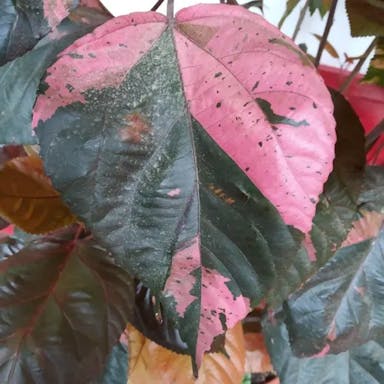The trees with the scientific name Cordia boissieri are found in Mexico, Texas, and Central America. Their leaves are shiny and dark green. The white flowers look like funnels. They bloom in bunches and smell sweet, thus bees and butterflies are attracted to them. People often grow these trees in their yards because they look nice. The trees can live in hot, dry areas. Once the trees are big, they don't need much water. They can grow 20-30 feet tall. The fruits look like small, round olives which is why the trees are called Mexican-olive. There are different types of Cordia boissieri trees, with slightly different flower colors and growth patterns. Overall, the Mexican-olive trees are easy to take care of in gardens and yards.
0
0












